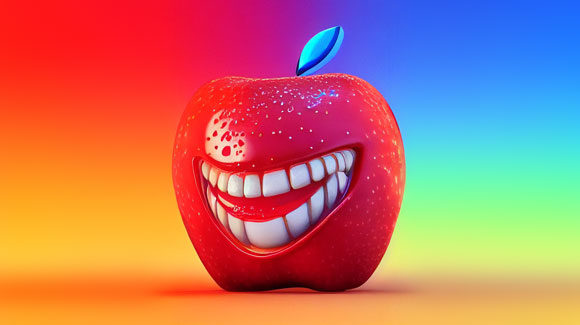Apple: Please Leash Your Dog

Dear Apple, Justin here. Over the past thirteen years, thanks to the work you’ve done and the incredible hardware you’ve created, I’ve been able to take a simple idea (sheet music on an iPad) and turn it into one of the most successful and complex apps on the App Store. I’m proud of what I’ve been able to accomplish from the very beginning with the revolutionary iPad 1, but it’s time to let down your guard and get rid of the watchdog on iPadOS.
The watchdog policy is sensible: if a device is working hard for too long it usually indicates a problem and can lead to unresponsiveness, battery drain, and a generally unpleasant experience. This policy terminates any app caught violating these limits, which vary depending on the device. Since forScore is an app that works with user-supplied content, tasks performed on any sufficiently complex or long PDF file can lead to shutdown.
This policy is prudent on iPhones and was appropriate for iPads for a long time, but not today. For over a decade, I’ve had to tell forScore users that the reason they can’t rearrange a PDF file or create an archive of their library is because of the watchdog timer; that you, Apple, decided that terminating my app and losing work is better than letting it complete a user-initiated task (even though users can quit any app manually if needed).
The same processors power both iPads and MacBooks whose battery life is measured in days, not hours. Stage Manager was basically designed to be used on iPads while connected to—and powered by—an Apple Studio Display. So why can’t users take advantage of that power, even in situations where these concerns are moot? Why is app termination the right choice on an iPad but never on a Mac?
iPads are incredible, but their biggest downside is an artificial policy limitation imposed by you onto hardware that doesn’t deserve it. You took iPadOS and split it off from iOS for situations just like this: it’s time to leash your watchdog and let users get back work.